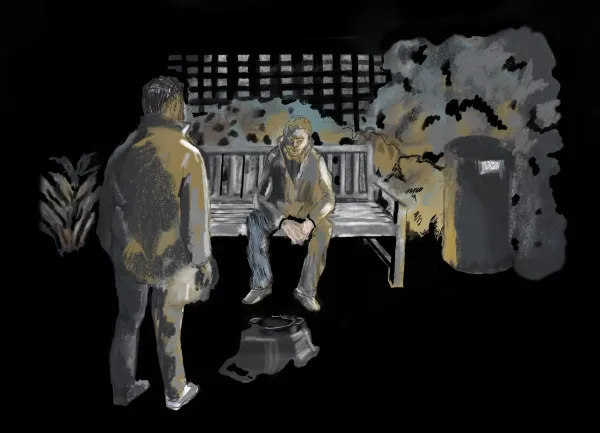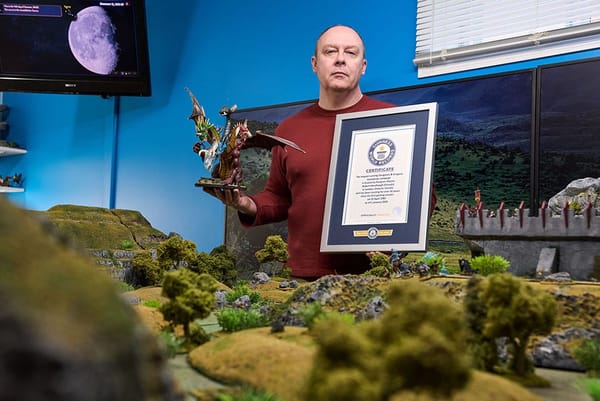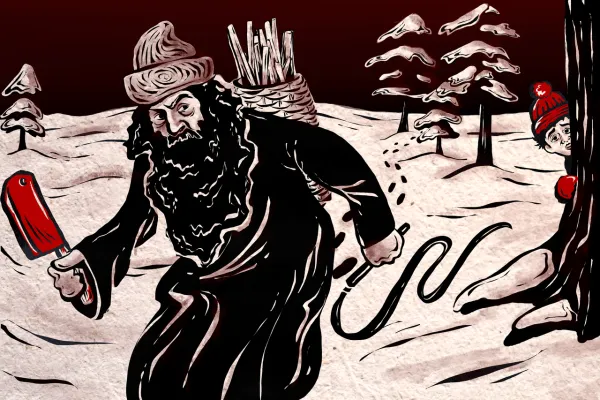He tried to build his own nuclear reactor to get a Boy Scout badge
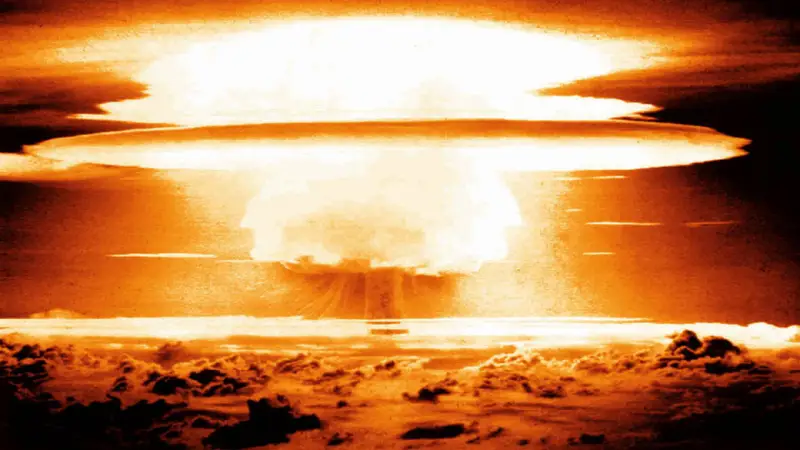
From Harper's: "Golf Manor is the kind of place where nothing unusual is supposed to happen. In short, it is the kind of place where, on a typical day, the only thing lurking around the corner is a Mister Softee ice-cream truck. But June 26, 1995, was not a typical day. Ask Dottie Pease. As she turned down Pinto Drive, Pease saw eleven men swarming across her carefully manicured lawn. Their attention seemed to be focused on the back yard of the house next door, specifically on a large wooden potting shed that abutted the chain-link fence dividing her property from her neighbor’s. Three of the men had donned ventilated moon suits and were proceeding to dismantle the potting shed with electric saws, stuffing the pieces of wood into large steel drums emblazoned with radioactive warning signs. When asked, most mumble something about a chemical spill. The truth is far more bizarre: the Golf Manor Superfund cleanup was provoked by the boy next door, David Hahn, who attempted to build a nuclear breeder reactor in his mother’s potting shed as part of a Boy Scout merit-badge project."
A bioscience company wants to recreate the Moa, the largest bird that ever lived

From IFL Science: "Humans once lived among enormous, wingless birds in New Zealand, but within a few hundred years of our species arrival, they were wiped out. Now, Colossal Biosciences has announced its plans to functionally de-extinct the moa, building complete genomes for all nine species as part of a Māori-led initiative. “When humans first arrived on Aotearoa New Zealand about 800 to 900 years ago, there were nine species of these dinosaur-sized giant birds,” said Colossal Advisor Dr Paul Scofield, Senior Curator of Natural History at Canterbury Museum. “Within the first hundred and fifty years of human presence, all nine species became extinct.” The nine species of moa ranged in size from something not far off a turkey to the South Island giant moa, Dinornis robustus, which was 11.8 feet tall and weighed approximately 507 pounds."
Why doesn't English use accents or diacritical marks? Blame the French

From The Overspill: "Before the Norman Conquest in 1066, English — albeit an old form of English — was the language of power and government in England. After the Conquest, French took its place for centuries. English eventually re-established itself in the halls of power, but the period of French dominance left its mark on all aspects of the language, from vocabulary to pronunciation. In fact, this early French influence over English, which arose from the Norman Conquest, is the beginning of the reason why English is written without accent marks (é, à, ç, etc.), or, as linguists call them, diacritics. It may surprise you to read that English is written without diacritics due to French influence. After all, French is written with plenty of diacritics: écouter ‘listen’, à ‘to’, château ‘castle’, Noël ‘Christmas’, Français ‘French’. But the French that the Normans brought to England was not French as it’s spoken and written today."
Hi everyone! Mathew Ingram here. I am able to continue writing this newsletter in part because of your financial help and support, which you can do either through my Patreon or by upgrading your subscription to a monthly contribution. I enjoy gathering all of these links and sharing them with you, but it does take time, and your support makes it possible for me to do that. I also write a weekly newsletter of technology analysis called The Torment Nexus.
Scientists have proven that even older people's brains can create new neurons

From Scientific American: "For at least six decades, neuroscientists have been arguing over a big, foundational question: Do adult brains make new neurons? This process of “neurogenesis” had been shown in other adult animals, but its evidence in humans was circumstantial—until now. Using a new technique, scientists have found newly formed neurons in the brains of adults as old as age 78—and, for the first time, have identified the other brain cells that birthed them. The results, published in Science, are the first signs that cells with the capacity to turn into neurons, called neural precursor cells, exist in adult human brains. As early as 1962, studies in rats had shown that neurogenesis continued throughout the animals’ life. Others found that young neurons existed in adult human brains. But it was unclear whether these “immature” neurons were truly new—or whether humans just start life with a collection of them."
In the 1800s churches had "sluggard wakers" who rapped sleeping parishioners on the head
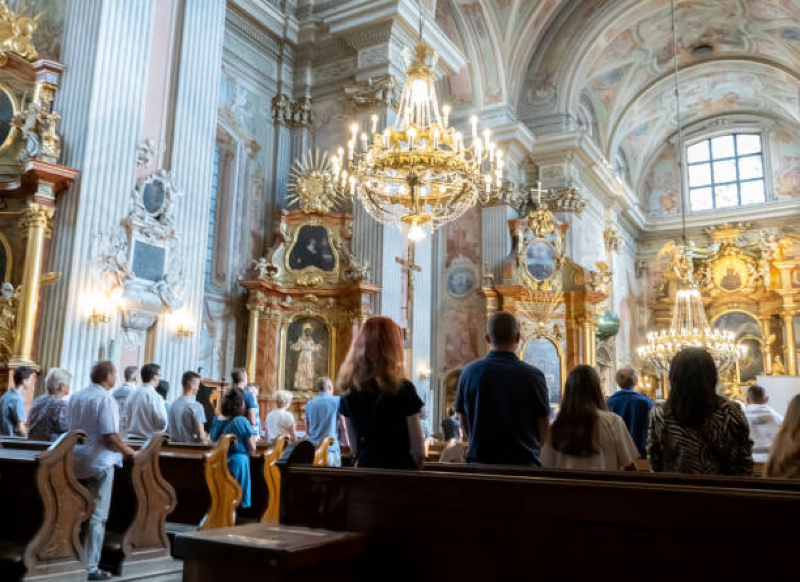
From Wikipedia: "A sluggard waker was an 18th-century job undertaken by a parishioner (usually the parish clerk), in British churches. The sole task of the sluggard waker was to watch the congregation during the services and tap anyone who appeared to be falling asleep sharply on the head. The actual tapping was not done by hand, nor was it done particularly gently or subtly. The sticks (or wands) used to do the tapping were usually long straight poles of stout local woods, and were sometimes tipped with either brass knobs, forks (both added and natural in the wood), or fox tails. In some regions of England there was a clear definition of which tips were for what purpose, sometimes to the extent of the stick having two ends. A brass tip or fork would usually be used for waking the men, while the fox tail was used for waking the female congregants."

Acknowledgements: I find a lot of these links myself, but I also get some from other newsletters that I rely on as "serendipity engines," such as The Morning News from Rosecrans Baldwin and Andrew Womack, Jodi Ettenberg's Curious About Everything, Dan Lewis's Now I Know, Robert Cottrell and Caroline Crampton's The Browser, Clive Thompson's Linkfest, Noah Brier and Colin Nagy's Why Is This Interesting, Maria Popova's The Marginalian, Sheehan Quirke AKA The Cultural Tutor, the Smithsonian magazine, and JSTOR Daily. If you come across something interesting that you think should be included here, please feel free to email me at mathew @ mathewingram dot com
